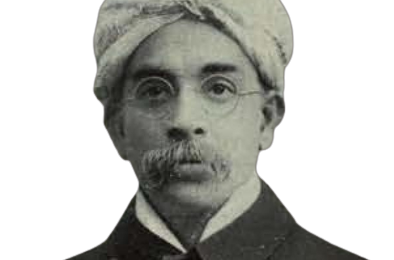ON MY WAY TO NALANDA –
For an ordinary Indian who reads the glorious History of Nalanda and gory details of its destruction in 1193 A.D, this is a euphemism at best and chicanery at worst. The naming of Bakhtiyarpur is a ruse to eclipse the politically unpleasant events of history, that the frail emotional-intellectual constitutions of particular communities may not be offended; and that the almost apocryphal narration of the ‘high virtues’ of a pre-independence political entity may enable its domination of the free country’s government.





